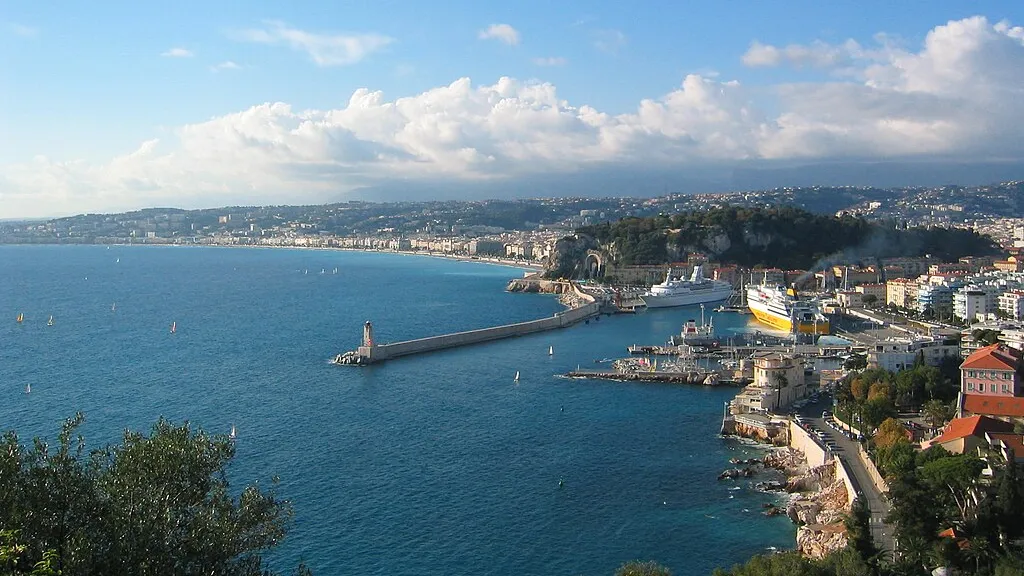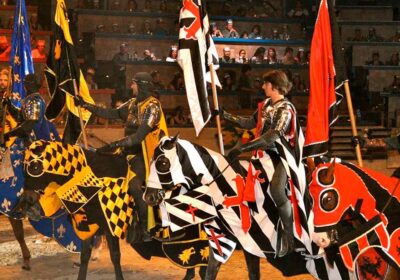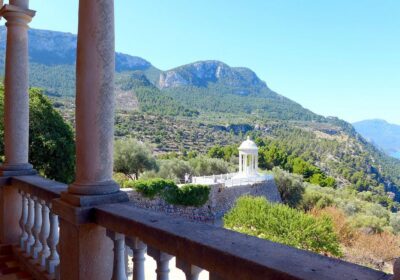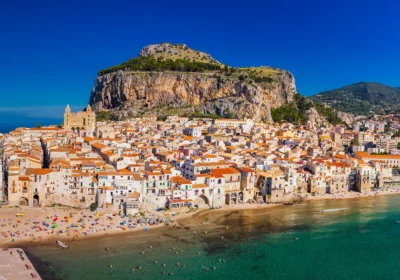Queen of the French Riviera, the 5th largest city in France, Nicaya, or Nice, was founded in 250 BC by Greeks from Marseilles. This small settlement is reclaimed by Caesar from Pompey. Since the 1st century AD it is part of one of the Roman provinces. Until the end of antiquity it depends on Marseilles.
In the Middle Ages the city fights for independence against the Counts of Provençal, but concedes to them. In the XII century the city has 3000 inhabitants. Since the end of the XIV century it belongs to the Savoy dynasty. In the XVI century, during the wars of Francis I, who made an alliance with Suleiman the Magnificent, Nice is captured by the famous commander of Suleiman Barbarossa.
French Nice becomes under Napoleon III in 1860. The heyday of the city is associated with the so-called Belle Époque, a beautiful era. Then, at the turn of the 20th century, English and Russian aristocrats came here. The most vivid image of this time is the Hotel Negresco. Its main hall is decorated with a chandelier – 16800 baccarat pendants – presented by our Russian Empress Maria Fyodorovna. There are two such masterpieces in the world. One is in the Negresco, the other in the Catherine Hall of the Kremlin. Each floor of the hotel is dedicated to a separate epoch of France. There are floors of the epoch of Louis XIV and Louis XV, the epoch of Napoleon III.
The famous endless English Embankment, Massena Square, the ruins of the once great Roman city Semenelum (I-IV century AD), the unique Rose Park, Franciscan monastery, the residence of Queen Victoria…And also the narrow streets of the old city and the wonderful colors of the flower market (the oldest in the world), the waterfall on the hill next to the Bay of Angels and the most beautiful foreign Russian cathedral. An ancient city of vibrant colors, exquisite architecture, delicious restaurants, palm trees and sunshine. And – a perfectly azure, dazzling sky at the edge of the azure, attractive sea…
Many famous names are connected with Nice. In 1807 Giuseppe Garibaldi was born in the city. The baby was baptized in the church of St. Martin, which was erected by the Augustinian Fathers back in the XVI century. In 1840 in Nice, Nicolo Paganini contracted cholera and, according to the official version, died.One of the first Russians to visit the city was Gogol. This period of time falls on the writer’s work on rough sketches for the second volume of “Dead Souls”. In 1864, Fyodor Tyutchev, experiencing a tragic period of his life, wrote a famous poem with the following lines:
Oh, this South, oh, this Nice!…..
Oh, how their splendor disturbs me!
Rimsky-Korsakov began here, in this city, his opera “Ruslan and Lyudmila” … A huge piece of Herzen’s life spent in Nice is described quite fully by him in “Bygolie i Dumy”. Here he died on January 22, 1870. Next to his grave, on Castle Hill, buried his children Helen and Alexei, who died of diphtheria at the age of three. Here also found its peace the troubled soul of his daughter Lisa. The girl committed suicide in Florence, 17 years old. All these children were at Herzen from Natalia Ogareva.Repeatedly in Nice visited and Chekhov. Today his name can be seen on the facade of two hotels in the city: Beau Rivage (Beau Rivage) and Oasis (Oasis). By the way, Lenin and Saltykov-Shchedrin stayed in the latter….
It is not without reason that Kuchelbekker wrote: “Nice is the love of nature itself” – everything is so harmonious, beautiful and cozy here.

















